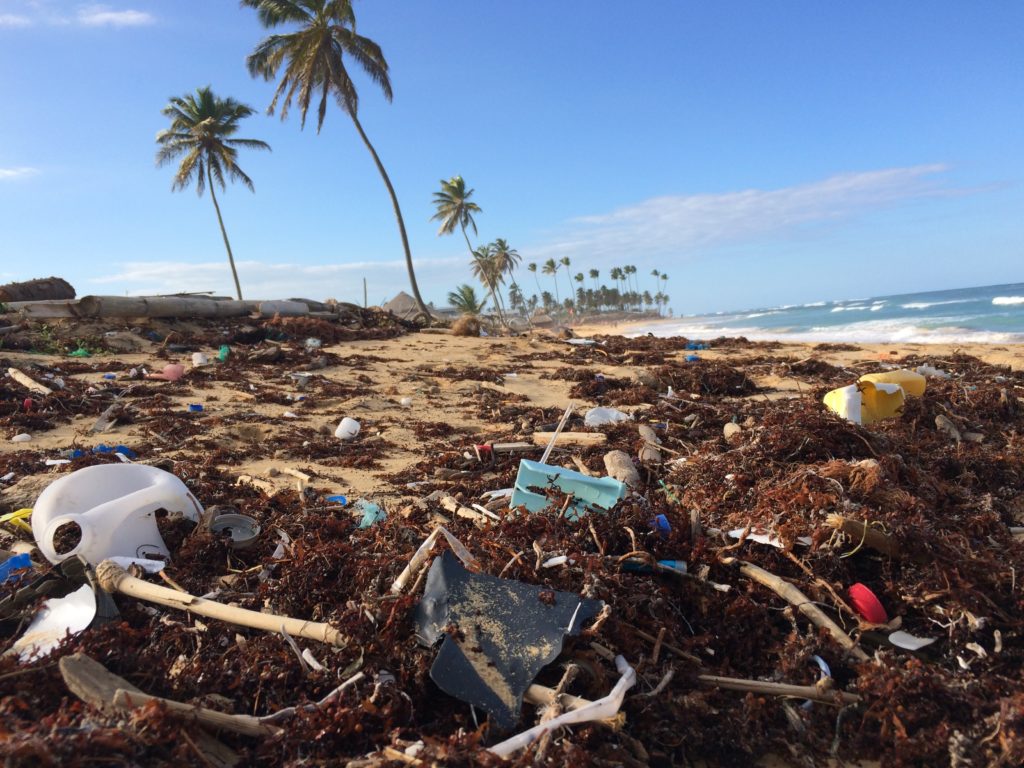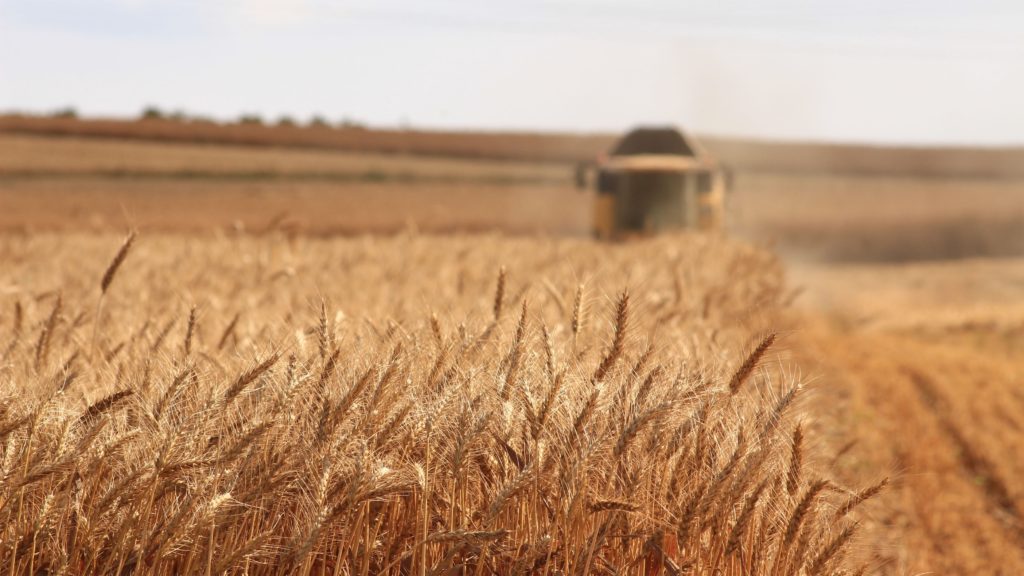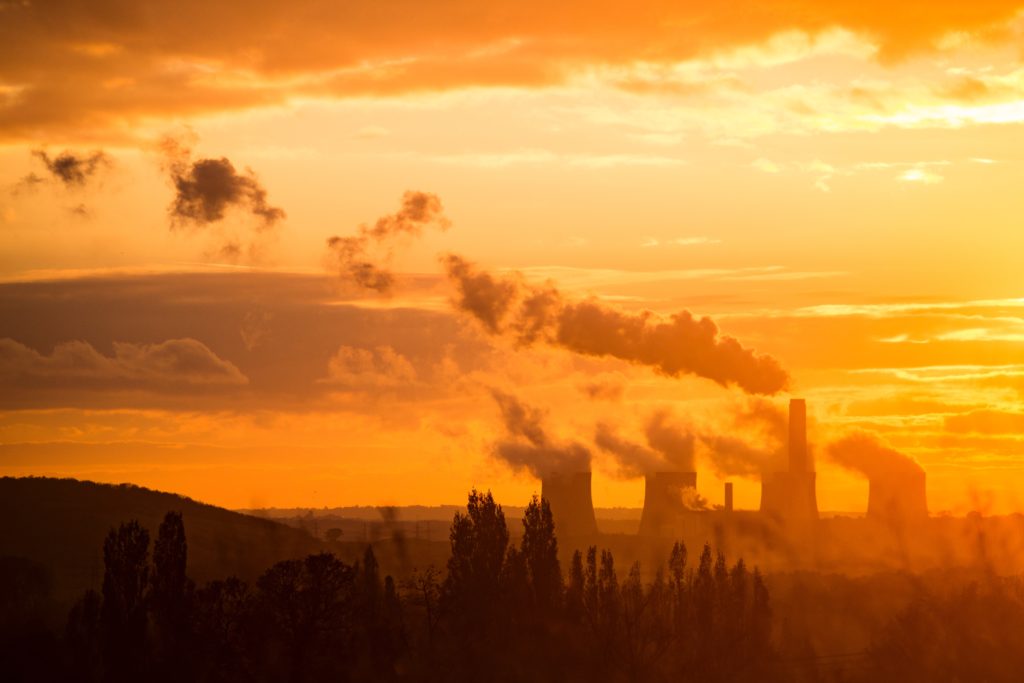This is a guest blog post by Hydaway ambassador Zelphia Peterson. Follow her on Instagram @z_claire29.

It seems like the latest millennial buzzword is “sustainability.” The term is popping up everywhere, from the fashion industry to a ban on Starbucks straws. But what does it mean to be truly sustainable? And why should we care?
I think everyone can agree that we’d like to have a clean and healthy planet, free from graphic images of floating trash islands and turtles wrapped in plastic waste. Those of us who think about it feel a sense of responsibility – both out of stewardship for the earth we’ve inherited and for the earth, we will pass on to our children. There’s the element of sheer necessity and the desire to avoid an apocalyptic end by plastic.
In this blog, I will be addressing how being sustainable helps you and the planet.
Those reasons above are valid for a more sustainable lifestyle and preservation of our planet. However, there’s one more facet to this conversation that can sometimes be overlooked. In my education experience, the connection between a healthy environment and healthy people wasn’t made abundantly clear.
I majored in public health as an undergrad student, and then went on to earn a master’s degree in international public health. At every level, we took classes that focused on the ways that the environment and human health interconnect. However, these important connections aren’t really discussed widely enough or often enough.
 There are two main avenues that the health of the planet impacts the health of populations.
There are two main avenues that the health of the planet impacts the health of populations.
The first is through climate shift. Most of you who hear the phrase “climate shift” probably immediately translate that into the more widespread phrase “global warming.” However, the definition of global warming isn’t always adequate because it fails to take into account anything other than rising temperatures. Yes, temperatures are generally rising and that is concerning, but some places are growing colder or experiencing atypical levels of precipitation. This might not seem like a big deal for human health until you start taking a look at the consequences of climate shifting.
Climate shift can lead to changes in crop output or crop shortages, especially in regions that are dependant on agriculture. If these changes last long enough or are severe enough, it could lead to famine and malnutrition. In such cases, the first to suffer tend to be the very young, the very old, and the disenfranchised.
Climate shift (and by extension, more extreme weather patterns) also have a side effect of natural disasters. Things like lasting droughts, hurricanes, abnormally long winters, and extensive flooding. These are just a few examples of climate-induced disasters. While the natural disaster itself can cause massive damage and loss of life, it’s really what happens afterward that is truly devastating.

Especially for large-scale natural disasters, the human impact can often be measured in things like :
- limited access to drinking water or contaminated drinking water
- loss of access to medical treatment,
- loss of safe housing and protection from the elements
- unreliable or contaminated sources of food
Individually, all of those “side effects” have the potential to be devastating. Put all together, they place affected populations at an exponentially increased risk for disease, disability, and loss of life.
 The second way that environmental health influences human health is through pollution. This is becoming a more noticeable problem in urban areas, where the output from cars, machinery, and large buildings is heavily concentrated. This pollution can take the form of air, water, or soil pollution.
The second way that environmental health influences human health is through pollution. This is becoming a more noticeable problem in urban areas, where the output from cars, machinery, and large buildings is heavily concentrated. This pollution can take the form of air, water, or soil pollution.
- Air pollution (like smog) can lead to breathing problems or exacerbate existing conditions like asthma.
- Water pollution (such as what happened in Flint, MI) can render drinking and cleaning water unsafe, which affects large portions of the local population for long chunks of time.
- Soil pollution (like what happens after a pipeline burst or hazardous material is leaked) can damage crops, render food unsafe to eat, or at the worst act as a slow poison to those living in the immediate vicinity.
This type of contamination can be particularly difficult to detect, and so often leads to more illness or death than any other kind of pollution.
At the risk of sounding over-dramatic, these problems have an enormous and often deadly impact on human health. We don’t often see what happens to a population after a natural disaster or after the effects of pollution have been discovered because the news cameras have vanished. However, the consequences these incidents have on human health linger, sometimes for generations. We must recognize the impact it’s had on the people who live there.
When it comes down to it, if we want to be health-conscious, we need to be earth-conscious.
Taking care of our planet is taking care of ourselves. We are in a symbiotic relationship with the environment – when it flourishes, so do we. Neglecting to take care of our natural resources isn’t just harmful to the planet in the long run, it, directly and indirectly, harms the health of everyone living on it. So I challenge you: find ways to reduce, reuse, and recycle. Little actions by lots of people add up to big changes. Together, we have the ability to improve the health of our planet and by extension, ourselves.
Join us here at Hydaway and pledge to no plastics. Every small step matters and our world needs you.
For more ways, you can help with sustainability check out the sustainable section here.

